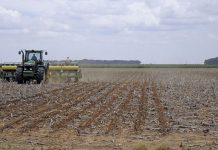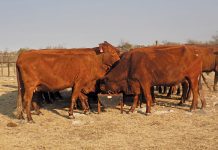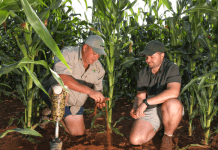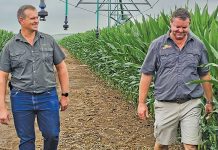A country recruitment website www.countrycareers.co.za, is offering urbanites an alternative to life in the fast lane. It focuses exclusively on jobs outside South Africa’s metropolitan areas and encourages job seekers to consider country living and a better quality of life when making career choices.
Claire Bennette, Country Careers’ director, said she and her partner Dürr Bezuidenhout are working with corporates, independent businesses and recruitment agencies to offer quality opportunities to talented and skilled staff. “There are obviously fewer jobs in the platteland than in the big cities, but it’s a misconception that good jobs don’t exist outside the cities,” Bennette said. “Often corporate employers situated in country areas offer excellent career opportunities but struggle to find good candidates for vacancies.” When the website was launched in September 2007, the focus was on the Cape Winelands, the West Coast, Garden Route and Klein Karoo area and Bennette said it attracted 12 000 visitors in the first month. “From April onwards, our website will also cover all the major platteland regions of South Africa,” she promised. – Roelof Bezuidenhout
Dog tails are in, as docking is outlawed
The SPCA and the South African Veterinary Council (SAVC) will be the watchdogs making sure everyone abides by the ban on tail docking, which became effective on 1 June. The SAVC, which is the statutory body that regulates veterinary professions, said it’s no longer acceptable to cause unnecessary pain and suffering to an animal simply to make it fit a perceived ideal, as determined by breed standards. Its official document states: “Veterinarians who perform tail docking, unless for justifiable medical reasons, will be liable for prosecution under the Animal Protection Act No 71 of 1962. Lucas van der Merwe, one of the founder members and honorary vice-president of the SA Boerboel Breeders’ Association, said while he knows it’s difficult to sell a Boerboel with a long tail, people will get used to it. “I’ve promised everyone, my family and my puppies, that docked my last litter of puppies. If countries like Scandinavia can get used to dogs with long tails, so can we. But it will take time.” Giep van Tonder, vice chairperson of the Jack Russell Terrier Club of SA, said the club recently agreed that in light of the new law, there would be no discrimination between dogs with short tails and long tails. “We decided that at shows, judges will look for the usual characteristics like movement and conformation, but will not look at the tail,” he explained. – Robyn Joubert
Europe prepares for higher food demand
The European Commission wants to make more changes to the Common Agricultural Policy and remove remaining restrictions on farmers, to help them respond to the growing demand for food. The range of measures include proposals calling for the abolition of the 10% of land arable farmers are required to leave fallow and a gradual increase in milk quotas before they are abolished in 2015, as well as a reduction in market intervention. The commission wants to reduce direct subsidy payments to farmers and move the money saved to the Rural Development Fund. The funding obtained this way will allow member states to better respond to new challenges faced by European agriculture, including climate change, the need for better water management and the protection of biodiversity. – Alan Harman
Global warming linked to Australia’s drought
The first links have been made between climate change and the drought affecting southeastern Australia. A team of scientists have found firm signals that link a band of atmospheric high pressure, known as the sub-tropical ridge, with climate sequences that block rain-bearing lows moving into the southeast. The intensity of the sub-tropical ridge last peaked in the 1940s, coinciding with the driest decade on record in the southeast of Australia.
It’s been steadily intensifying again since the 1970s. But there’s no certainty that this time the ridge’s intensity will fall and allow a 1950s-style recovery. Bureau of Meteorology scientist Bertrand Timbal said when the ridge’s intensity and global temperatures were mapped together on a broad running average, “the two curves looked like they were dancing together”. – Alan Harman








